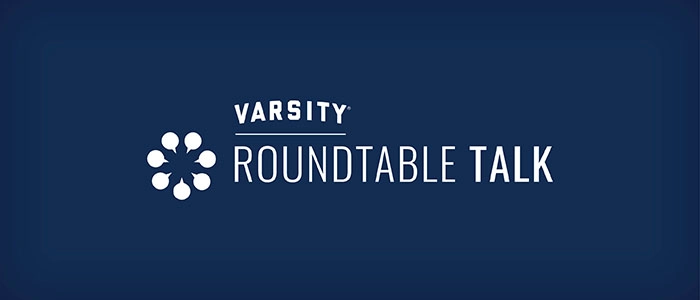Varsity’s Roundtable is a weekly virtual gathering of senior living marketers and leaders from across the nation. For updates about future weekly Roundtable gatherings, submit your name and email address here.
In our most recent Roundtable, we were joined by Andy Edeburn, Managing Partner of Elder Dynamics, for a fast-paced, insight-rich conversation about the future of aging services.
With decades of experience and a finger firmly on the pulse of industry trends, Andy walked us through the demographic, economic, technological, and cultural forces that are reshaping senior living. From the looming surge of older adults to the rising power of managed care and AI, his message was clear: the status quo won’t hold. Providers that want to remain competitive must be bold, strategic, and willing to rethink how they serve tomorrow’s older adults—starting now.
THE CUSTOMER WAVE IS A STRATEGIC WAKE-UP CALL
The aging population isn’t just growing—it’s surging. With tens of thousands of boomers turning 80 every day by the 2030s, this isn’t a temporary spike. It’s a century-long trend that demands scalable, future-ready solutions—not short-term fixes.
EXPERIENCE BEATS AMENITIES EVERY TIME
Today’s seniors—and their adult children—aren’t impressed by billiard tables or woodshops. They want a lifestyle that reflects purpose, health, and connection. Providers must shift from offering amenities to designing meaningful, personalized aging experiences.
THE MIDDLE MARKET IS THE NEXT GREAT DISRUPTOR
A massive segment of middle-income older adults is emerging—too wealthy for subsidies, too strapped for private-pay options. Serving them isn’t just a social imperative, it’s a business opportunity waiting to be claimed by creative, cost-effective models.
PROACTIVE CARE IS THE NEW POWER MOVE
Chronic conditions are the rule, not the exception. Organizations that prioritize early identification, care coordination, and healthspan improvement will own the future. It’s not about treating illness—it’s about managing wellness before crisis hits.
DIGITAL TRANSFORMATION ISN’T OPTIONAL—IT’S THE PLAYBOOK
AI, automation, and data-driven personalization aren’t “nice to have.” They’re becoming core to marketing, operations, and engagement. If you’re still using callback sheets, you’re competing with machines that work 24/7. Time to upgrade.
SCALE + CULTURE = THE NEW COMPETITIVE EDGE
Growth through mergers and affiliations isn’t just about size—it’s about efficiency, diversity, and resilience. But legacy nonprofits must move faster, shed outdated assumptions, and position their values with data-driven clarity to stay competitive.
Varsity’s Roundtable is a weekly virtual gathering of senior living marketers and leaders from across the nation. For updates about future weekly Roundtable gatherings, submit your name and email address here.
